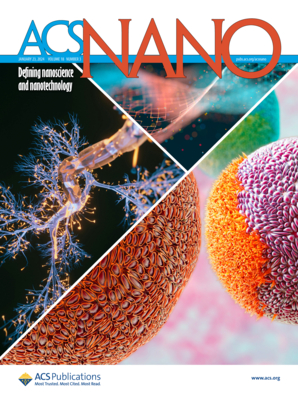C60 to Modulate the Closed Pore Structures of Hard Carbon for High-Performance Sodium-Ion Batteries
IF 15.8
1区 材料科学
Q1 CHEMISTRY, MULTIDISCIPLINARY
引用次数: 0
Abstract
Hard carbon (HC) has emerged as a highly promising anode material for sodium-ion batteries (SIBs) attributed to its characteristic low-potential charge and discharge plateau. Recent studies have shown that the plateau capacity of HC mainly originates from the filling of the nanoscale closed pores by sodium. However, the precise design of the closed pore structure of HC remains a great challenge. Herein, C60 with a diameter of 0.7 nm is used to promote the formation of closed pores in phenolic resin-based HC. The spherical structure of C60 facilitates the oriented crystallization of graphitic microdomains within phenolic resin-based HC, thereby enhancing the uniformity of the closed pore structure of HC. Furthermore, during high-temperature carbonization, C60 undergoes fragmentation and structural reorganization, which increases the closed pore volume and introduces additional sodium storage sites. As a result, the optimal HC provides an excellent reversible capacity of 361 mA h g–1 at 20 mA g–1 and a high plateau capacity of 268 mA h g–1. This work provides deep insights into the mechanism of forming closed pores on the nanoscale, advancing the development of high-performance SIBs.

求助全文
约1分钟内获得全文
求助全文
来源期刊

ACS Nano
工程技术-材料科学:综合
CiteScore
26.00
自引率
4.10%
发文量
1627
审稿时长
1.7 months
期刊介绍:
ACS Nano, published monthly, serves as an international forum for comprehensive articles on nanoscience and nanotechnology research at the intersections of chemistry, biology, materials science, physics, and engineering. The journal fosters communication among scientists in these communities, facilitating collaboration, new research opportunities, and advancements through discoveries. ACS Nano covers synthesis, assembly, characterization, theory, and simulation of nanostructures, nanobiotechnology, nanofabrication, methods and tools for nanoscience and nanotechnology, and self- and directed-assembly. Alongside original research articles, it offers thorough reviews, perspectives on cutting-edge research, and discussions envisioning the future of nanoscience and nanotechnology.
 求助内容:
求助内容: 应助结果提醒方式:
应助结果提醒方式:


